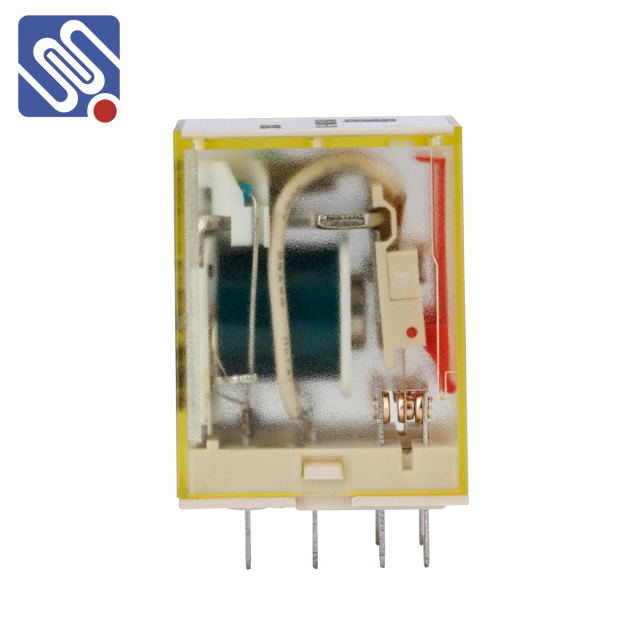understanding relay performance metrics: key indicators for optimal network efficiency
Release time:2025-04-23 22:51:02
In modern communication systems, the efficiency of relays plays a critical role in determining overall network performance. Relays are devices or protocols that help extend the range of a network by forwarding data between nodes, ensuring that communication can occur over longer distances or through complex environments. As wireless networks evolve, particularly in 5G and beyond, relay technologies are gaining increased importance in enhancing the coverage and capacity of networks. To ensure these systems operate at their best, it is essential to evaluate their performance using specific metrics. In this article, we will explore the primary relay performance metrics, why they matter, and how they contribute to optimizing network efficiency.

1. Throughput
Throughput is one of the most important performance metrics for relay systems. It refers to the rate at which data is successfully transmitted from the source to the destination through the relay. High throughput is crucial for applications that require fast data transfer, such as video streaming, online gaming, and real-time communications. The throughput of a relay network depends on several factors, including the modulation scheme, coding techniques, signal strength, and interference levels. Monitoring throughput helps in understanding the capacity of a relay to handle large amounts of data and in identifying potential bottlenecks in the network.


